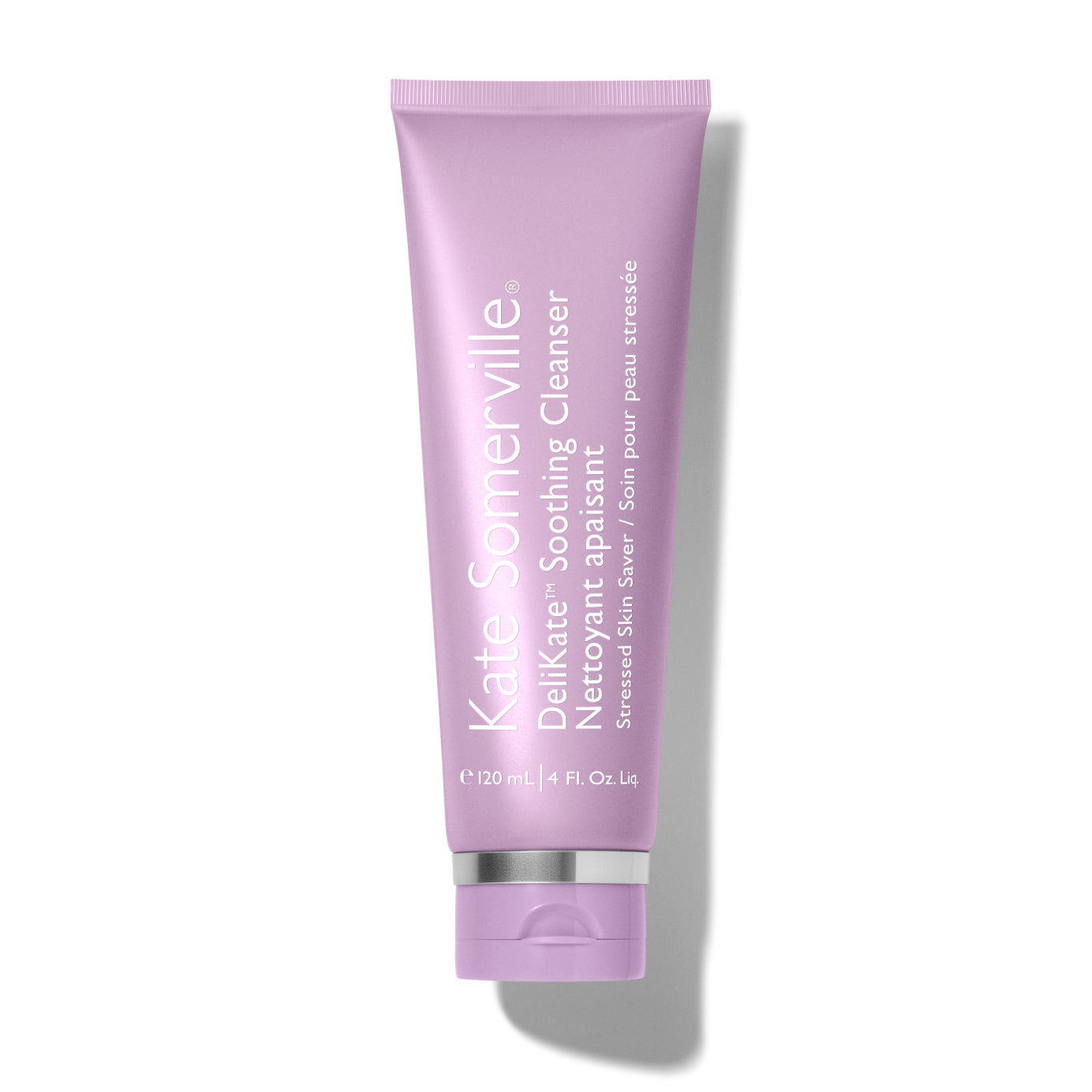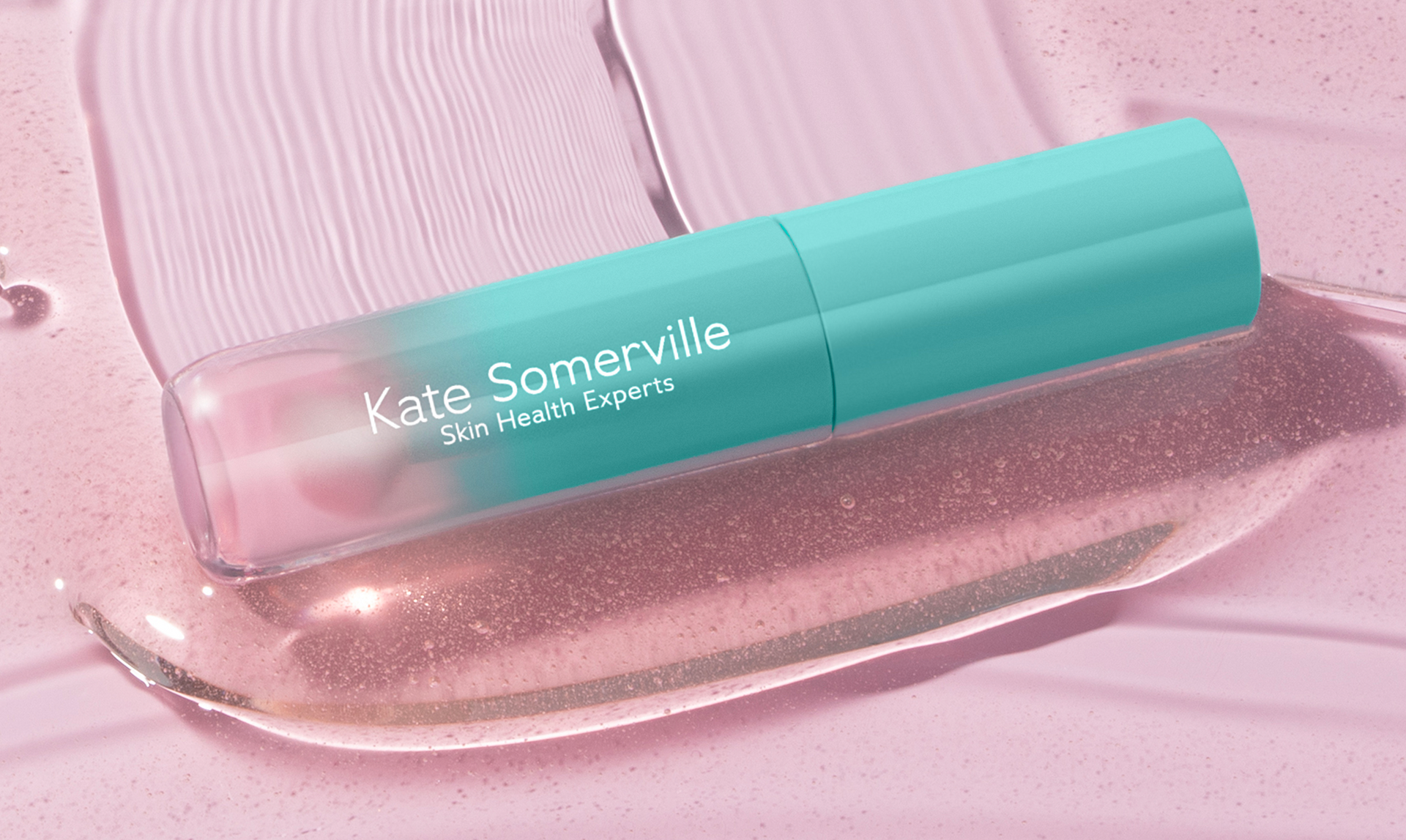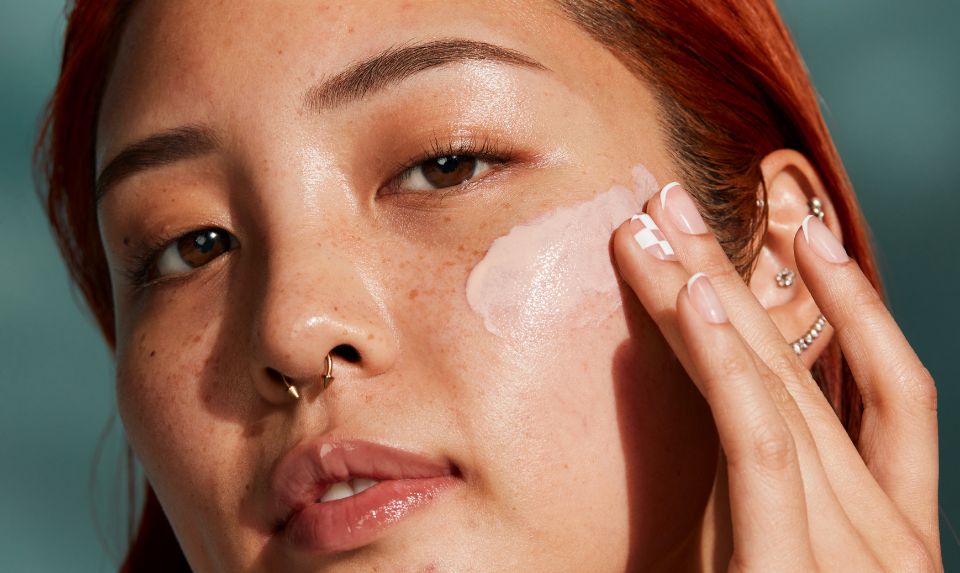In the world of skincare, you have a lot of product options available. From toners and treatments to moisturizers and eye serums, it can be daunting to try and figure out what products you need to be using and which types are best for your skin. Therefore when it comes to selecting your facial cleanser, it is no surprise that you have a variety of styles to choose from including gel cleanser, foaming face wash, or even a clay cleanser. It is no wonder that you can become paralyzed by the sheer number of choices and that is even before considering how your skin type should influence your selection. Fortunately, our team of experienced estheticians are well versed in the types of cleansers currently offered in the marketplace and who should be using each. So, if you are wondering if you should use gel or foam cleanser for oily skin, if gel face cleanser is better for sensitive skin, and what the difference is between the two, we have got you covered.
Gel Cleanser vs. Foam Cleanser
While there is a wide array of products available, two of the most popular options are gel cleanser and foaming face wash. We asked veteran Kate Somerville esthetician Aly Mac to share with us what exactly makes these two cleansers different and who each one is most beneficial for.
First, gel cleanser for face wash tends to have a gel-like consistency and is typically designed for deep cleansing. These cleansers are especially good for unclogging pores while removing excess oil and acne-causing bacteria from the surface of your face. Depending on the product, a gel cleanser may even offer antiseptic or exfoliating qualities, making these an excellent type of acne cleanser. Read more in our related blog about the benefits of exfoliating.
“Gel cleansers are usually better for oily and acne-prone skin,” says Aly. She suggests using the Kate Somerville Cleansers as part of your regular skincare regimen for oily skin. Utilizing salicylic acid and tea tree oil, this gel-based cleanser helps provide hydration and smooth skin while minimizing excess oil production - exactly what acne sufferers need.
Foaming cleansers, on the other hand, are lightweight and usually come out of the tube as a cream or gel before bursting into a rich, foamy lather when combined with water. Aly notes that foaming cleansers are also very good at removing excess oil but can also provide gentle exfoliation if it contains the right ingredients, making it an excellent choice for those with combination skin. The ExfoliKate® Cleanser from Kate Somerville, for instance, is designed for daily use and is a foaming cleanser that gently exfoliates while removing makeup and other impurities from the surface of your face to reveal softer, smoother skin.
Other Types of Cleansers
While gel and foam may be some of the most frequently used facial cleansers, there are a number of other products available that can be better options for those with sensitive or aging skin.
Cream
Just as the name suggests, cream cleansers are typically a thicker consistency and contain moisturizing ingredients like goat’s milk or honey. For that reason, they are sometimes called milk cleansers. Goat milk moisturizing cleanser and goat milk skincare products gently cleanse your skin while providing intense moisturization. These products are a greatchoice for those with dry, sensitive, or mature skin.
Oil
Safe for nearly all skin types, using an oil cleanser can be especially helpful for those with oily skin. Though it sounds counterintuitive, using an oil-based cleanser helps to prevent your skin from producing excess oils while helping to keep it hydrated. This is crucial to help prevent further acne breakouts as overly dry skin, or skin that is stripped of natural oils with harsh alcohol-based products, may result in an overproduction of oils to compensate for the lack their presence on your face. Oil cleansers effectively remove makeup, dirt and other debris while gently conditioning the skin.
Clay
As a skincare ingredient, clay is most known for its absorbing power. Resulting in cleansers that purify your skin by drawing out excess oil and toxins from your pores like a magnet. And because clay cleansers are so good at cleaning out pores and removing excess oil, they are a great option for combination or oily skin, just be sure to use an oil-free moisturizer after if you are the former.
Powder
Another option of a cleanser for sensitive skin or oily skin is powder cleansers. Currently undergoing a resurgence in the skin care community, these cleansers are, as the name suggests, powdery and soft when dry but disintegrate into a creamy paste when combined with water. This concoction thoroughly cleanses your skin while gently exfoliating and, unlike physical exfoliants with beads that scrub the skin, these powder cleansers glide smoothly across your face.
Bar
Another good cleanser seeing a recent upswing in use is bar cleansers. But this new breed of bar often contains little to no soap at all, providing a luxurious and skin-friendly cleanser similar to that of their liquid counterparts. These bars often have a more balanced pH level and contain nutrient-rich, highly moisturizing ingredients like essential oils.
Cleansing Tools
Depending on the type of cleanser you choose to use, you may also decide to incorporate the use of a cleansing tool. These add-ons to your cleansing experience may help you get a deeper clean while providing some exfoliation. Cloths, mitts, and sponges, for example, are made with special fibers of varying origins. Some are even made from plant-derived materials which may not even require the use of an additional cleanser as they can thoroughly remove impurities on their own in addition to removing dead skin from the surface of your face. These tools include muslin cloths, kessa mitts, and konjac sponges.
Another option that has been gaining in popularity are electric face brushes. A cleansing device like an electric brush not only reduces some of the manual labor that cleansing your face requires, but may help to tighten your pores, firm your skin, and boost the overall radiance of your complexion. Plus, similarly to double cleansing, a facial brush can help ensure that all the day’s dirt and makeup are completely removed from your skin so any products that follow are absorbed more effectively. An important note if you do decide to add a cleansing tool into your routine: clean it! Cloths, mitts, sponges, brushes, and the like are a breeding ground for bacteria and the last thing you want is to be “cleansing” your face with a tool that is filled with acne-causing bacteria. So whatever tool you decide to use, be sure to carefully read and follow the care instructions to keep it in prime condition.
How to Properly Cleanse Your Skin
There are a lot of opinions on the proper way to cleanse your face, but generally speaking, there are a few basic steps which you should follow in order to thoroughly clean and prep the skin for any following products. Start by removing your makeup and other surface dirt from your face. Whether you choose to use a makeup remover, micellar water, cleansing wipes, or a cleansing oil does not matter. Simply choose what works best for your skin and is able to gently wipe away your makeup, particularly any waterproof products, and other debris so your skin is ready to be washed.
You can probably guess what is next… cleanse your face. Place a small amount of whatever cleanser you have chosen into your hands and combine it with lukewarm water, water that is too hot can dry out your skin and should be avoided. Once you have worked your cleanser into a lather, massage it onto your skin using circular motions for at least 30 seconds. This gives you enough time to cover your whole face including often forgotten areas like along your hairline, below your ears, your neck, and your décolletage. After you have washed your entire face, thoroughly rinse off the cleanser with more warm water and pat, don’t rub or wipe, your skin dry with a clean towel. If possible, try to use a separate towel than the one you use to dry your body after a shower or hands after you wash them. Different areas of your skin may carry different bacteria and it is best to avoid introducing them to new parts of your body.
When it comes to determining the frequency and pattern of your skincare routine, listen to your skin for the answers. If you have oily or combination skin, you may benefit from a morning-and-night cleansing routine to control excess oil and shine, while the same routine could leave someone with sensitive or dry skin feeling extra dry and tight. If you are only able to wash your face once per day, whether due to your skin’s resiliency or a restriction of your time, be sure to always wash your face at night as you should never sleep with your makeup and dirt on your face.
How to Determine Your Skin Type
An important part of determining the appropriate cleanser for your face is knowing your skin type. You may think it easy to tell, but unless your skin exhibits a specific type to an extreme you might be surprised at what type you actually have. Luckily, there are two simple tests you can use to make a definitive determination.
Bare-Faced Method
Start by cleansing your face with a mild cleanser then pat dry. Then, as the name suggests, leave your skin bare for approximately 30 minutes, adding other products will render the test moot. After 30 minutes has passed, closely examine your cheeks, chin, nose, and forehead for any shininess or oil. Repeat this process one more time, waiting 30 minutes and then examining your face again.
If your entire face is still oily and shiny after the combined 60 minutes, you likely have oily skin. However, if your face feels particularly tight or dry, especially when you make facial expressions, you most likely suffer from dry skin. And finally, if there is minimal shine on your nose, forehead, or other limited areas of your face, you probably have normal skin. Oily patches on some areas of your face, however, would indicate that you have combination skin. Although this method takes some time and careful evaluation, you will be able to clearly see how your skin behaves in its natural state.
Blotting Sheet Method
If you are crunched for time, or just don’t have the patience to wait around, you can gently pat a blotting sheet on the different areas of your face, examining the sheet between each by holding it up to a light. If the sheet is saturated with oil regardless of where it was blotted, you presumably have oily skin. Little to no presence of oil on the sheet could mean you have dry skin. While picking up some oil in certain areas may mean you have normal or combination skin.
Once you have a handle on your skin type, you will be better equipped to select the right cleanser for your skin. Whether it is a gel cleanser or foaming face wash, the goal is to provide your skin with a thorough wash that will leave it clean and ready for the next steps of your routine. But it is up to you to determine what the best regimen for your skin looks like and the products you will incorporate. If you have questions or trouble deciding, reach out to your esthetician for guidance.









